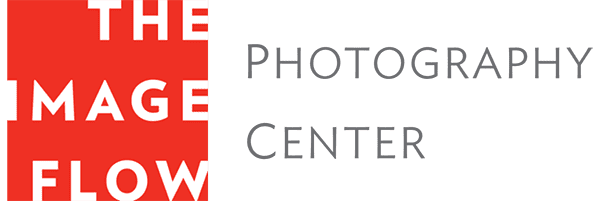

Mark Edward Harris is a seasoned travel photographer and visual storyteller, that has traveled the world on assignment as well as for his own work. His work has been published in Life, Conde Nast Traveler, Wallpaper, National Geographic, Stern, and numerous other magazines. He also occasionally teaches travel photography workshops.
“From the dozens of workshops I’ve taught on the subject and carefully studying the work of and talking with many of the great globetrotting lensmen and women in the field, I have developed a methodology, that when applied, should yield impressive and at times spectacular results,” says Mark.
Here are a few of the tips Mark likes to share with his students:
I see a common failing with many beginning travel photographers. They are so focused on the fascinating subjects before their lenses that they forget about the basic rules of composition that make for a great photo. Look at the whole frame and use the space effectively. Ask yourself, “If I were painting this scene, what would I include? What would I exclude?” Treat the camera sensor or the piece of film you are about to expose as your canvas.
I often shoot in the aperture priority mode so I can be acutely aware of what I will have in focus. You can lead the viewer through your image by careful control of the f-stop. Shooting with a minimal depth of field can yield dramatic portraits whereas a maximum depth of field can create its own unique perspectives, especially for architectural photography. It’s important to remember that when you look through an SLR camera you are seeing the lens at its widest aperture which translates as its shallowest depth of field. This lets in the maximum amount of light which gives a bright viewfinder and allows for easy focus. But when you depress the shutter and the lens goes to the selected f-stop, those palm trees that were soft in the distance all of a sudden are growing out of the heads of your subjects like antennas. Most cameras have depth-of-field preview buttons to see what the stopped-down lens will have in focus, but with enough practice and awareness that knowledge becomes second nature.
Early morning and late afternoon have always been favorite times for shooting among professional travel photographers. It’s not just the warm kelvin temperatures that create an inviting mood, it’s the experience of documenting a town as it comes to life or transitions into the night. Shadows from an angle are more pleasing to the eye than the harsh light of midday. The middle hours of the day are a great time to photograph people in open shade or to explore museums and other interior locations.

